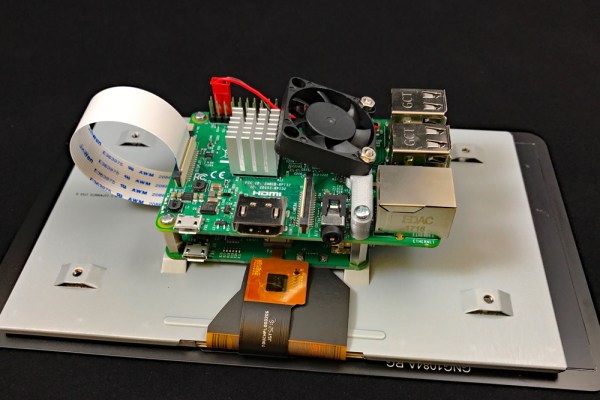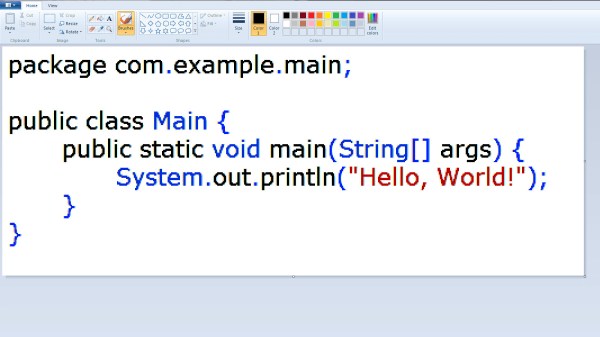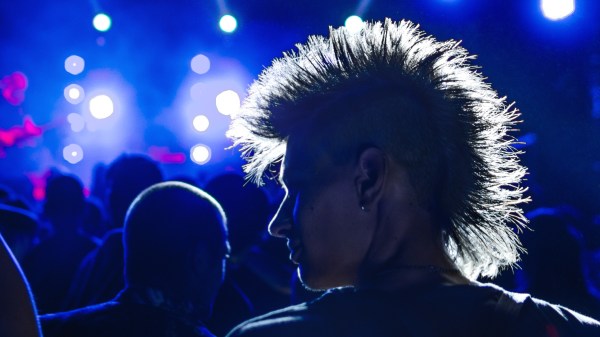If you have ever worked in software-related industries, the chances are that the word “Rockstar” will elicit a visceral reaction. It’s a word used by a Certain Type Of Manager for an elite software developer who’s so 1337 they don’t play by the rules of ordinary mortals. In reality it’s use is invariably an indication of trouble ahead, either from clueless startups or troublesome rockstar developers making a toxic atmosphere for the mere members of the backing band. Hackaday has a team that brings together a huge breadth of experience, and we’ve been there.
Would you like to be a rockstar developer, but without the heartache? No silly incentives, or even guitars required! [Dylan Beattie] can help, because he’s come up with a specification for the Rockstar programming language, a Turing-complete programming language whose syntax follows the conventions of 1980s rock power ballads. Of course, it’s a joke, and an excuse of some “Certified Rockstar Developer” laptop stickers, but it’s also an entertaining journey into lyrical language and compiler parsing, and the discovery that yes indeed, a singable set of classic rock lyrics can also be a compilable program.
Our particular favourite comes from the scheme used to represent numbers, as sentences in which a decimal is built from the lengths of the sentence words, and poetic licence can be employed to the fullest. The example is
My dreams were ice. A life unfulfilled; wakin' everybody up, taking booze and pills
which line of code places the value 3.1415926535 into a variable called “my dreams”.
There does not appear to be a working Rockstar compiler at the time of writing, but we are sure that the amazing community of Rockstar developers will shortly create one. And we would be hugely disappointed were we not to hear some performative coding from spandex-clad guitar-wielding developers as a result. After all, how else will they get their work noticed!
Esoteric languages have featured before here, but they have usually been far more challenging ones.

















